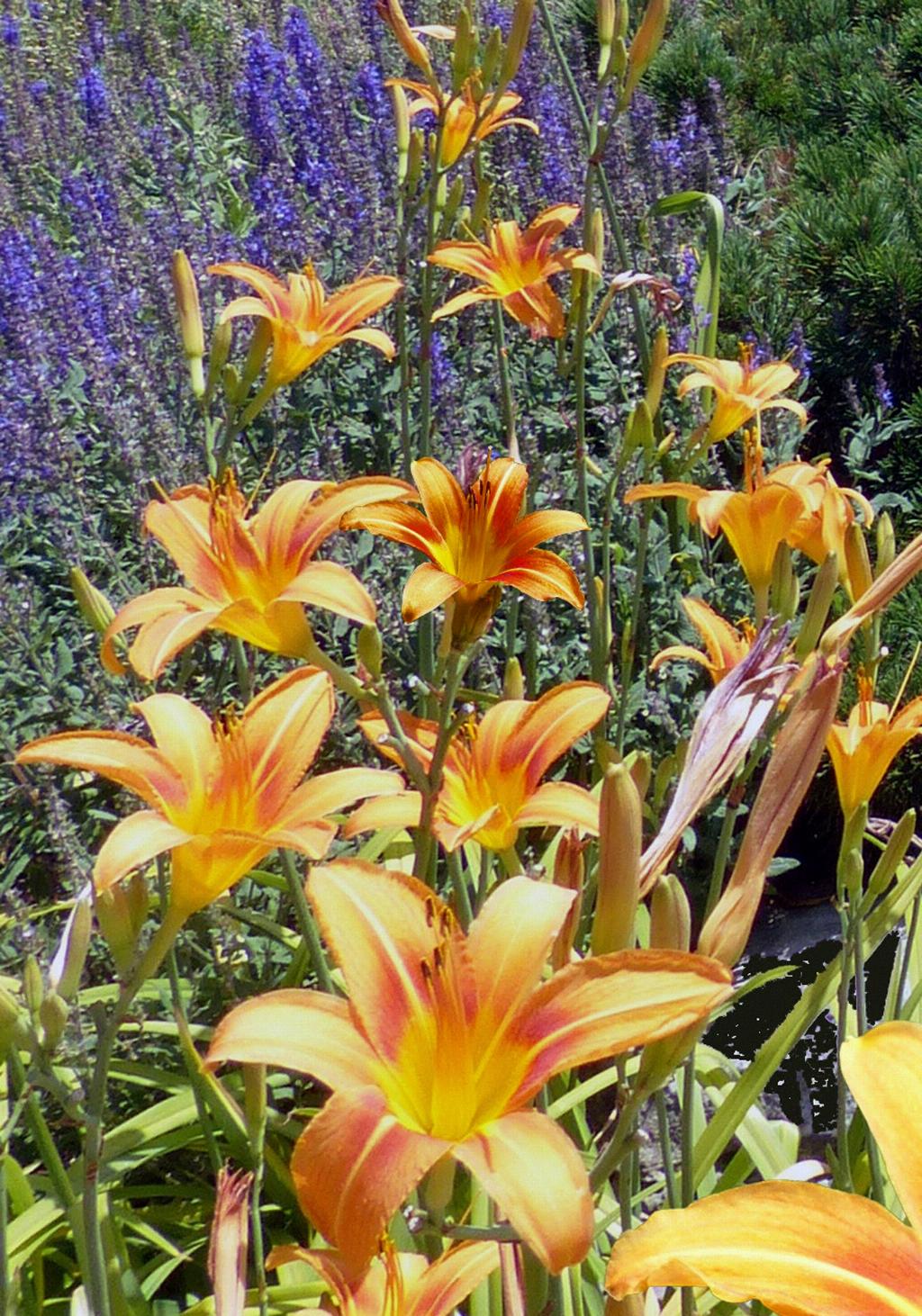Peace lilies, known for their elegant white flowers and lush green foliage, are relatively low-maintenance plants that can thrive in a variety of environments. One of the key factors in maintaining a healthy peace lily is ensuring that it receives the right amount of water.
Consistent Moisture is Key
Peace lilies require consistently moist soil to thrive, but it’s important to avoid overwatering them. The ideal approach is to water the plant whenever the top inch of soil feels dry to the touch. This can usually be determined by sticking your finger into the soil near the base of the plant.
Avoid Waterlogged Soil
While peace lilies do like moist soil, they are sensitive to standing water. It’s crucial to ensure that the plant’s container has proper drainage holes to allow excess water to escape. If the soil becomes waterlogged, it can lead to root rot and other issues that can harm the plant.
Watering Techniques
When watering your peace lily, it’s best to do so thoroughly. Water the plant until you see excess water starting to drain out of the bottom of the container. Allow the pot to sit in the drained water for a few minutes before returning it to its saucer.
Signs of Overwatering
If you notice that the leaves of your peace lily are turning yellow or wilting, it could be a sign of overwatering. In such cases, it’s important to adjust your watering routine and allow the soil to dry out slightly before watering again.
Humidity Considerations
Peace lilies thrive in high humidity environments, and maintaining adequate moisture levels in the air can help reduce the plant’s water needs. Placing a humidity tray or using a room humidifier can be beneficial, especially in drier climates.
Seasonal Adjustments
During the growing season, which typically occurs in spring and summer, peace lilies may require more frequent watering due to increased growth and higher temperatures. In the winter months, when growth slows down, you can reduce the frequency of watering.
Water Quality Matters
It’s important to use room temperature water when watering your peace lily, as cold water can shock the plant’s roots. If possible, use filtered or distilled water to avoid introducing harmful chemicals or minerals that can accumulate in the soil over time.
Monitoring Moisture Levels
Regularly checking the moisture levels of the soil is key to ensuring that your peace lily is receiving the right amount of water. Consider using a moisture meter to accurately gauge when the plant needs to be watered, especially if you’re unsure of the soil’s moisture content.
Temperature Considerations
Peace lilies prefer temperatures between 65-80°F and can be sensitive to extreme heat or cold. Avoid placing the plant near drafts or heating vents, as this can lead to fluctuations in soil moisture and affect the plant’s overall health.

Establishing a Watering Routine
By observing your peace lily’s response to watering and making adjustments based on its individual needs, you can establish a reliable watering routine that promotes healthy growth and blooming. Remember that consistency is key when it comes to caring for your peace lily!
